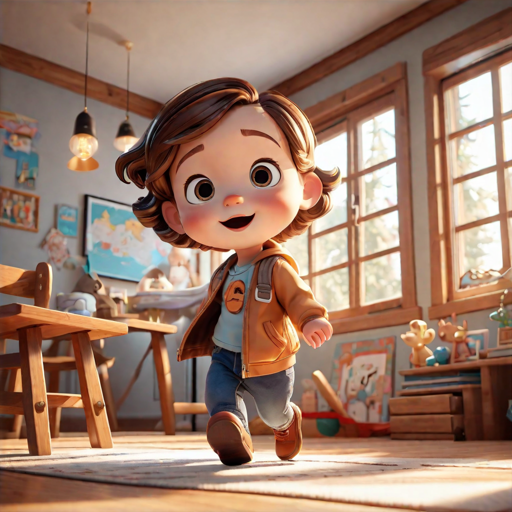Here are the top 5 free animation software options to consider, each with its own strengths and target audience:
- Pencil2D:
- Best for: Beginners, 2D traditional animation
- Key features: Simple and intuitive interface, lightweight, supports raster graphics (bitmap images), frame-by-frame animation, onion skinning, pressure-sensitive tablet support
- Learning resources: Official website tutorials, online community forums
- OpenToonz:
- Best for: Experienced animators, 2D traditional animation
- Key features: Powerful tools for professional-grade animation, vector graphics support, multiple layers and transformations, camera controls, special effects
- Learning resources: Official website documentation, online tutorials
- Synfig Studio:
- Best for: Intermediate animators, 2D vector animation
- Key features: Powerful vector-based animation tools, skeletal animation for creating character rigs, automatic lip-syncing, bitmap image integration
- Learning resources: Official website tutorials, online community forums
- Blender:
- Best for: Advanced users, 3D animation, sculpting, modeling, special effects
- Key features: Open-source, professional-grade 3D animation suite, comprehensive toolset for modeling, texturing, rigging, animation, simulation, rendering, compositing
- Learning resources: Extensive official documentation, online tutorials, large and active community
- Dacast Studio:
- Best for: Creating presentations and explainer videos with animation elements
- Key features: User-friendly drag-and-drop interface, pre-animated templates and assets, cloud-based platform, screen recording, live streaming
- Learning resources: Knowledge base articles, video tutorials
These are just a few of the many free animation software options available. The best choice for you will depend on your experience level, the type of animation you want to create, and your personal preferences.












